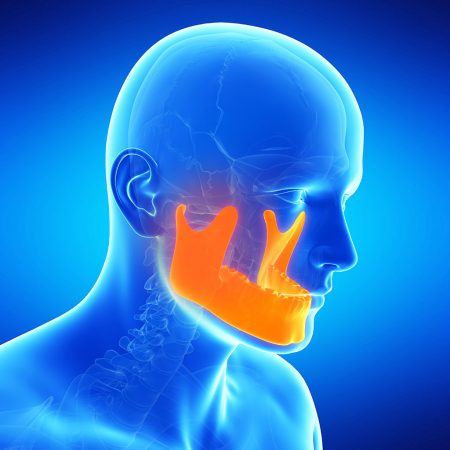Understanging Jaw Pain and Your TMJ
Your Temporomandibular joint, or TMJ, is a sliding hinge joint which connects your jaw bone to the skull. The joint is separated by an articular disc which acts as a cushion and enables the jaw to open widely and rotate or glide. Jaw muscles and ligaments provide stability and assist with biting, chewing, swallowing and talking. Due to its constant daily use the TMJ can be a frequent source of pain.
TMJ dysfunction can cause varying degrees of pain followed by restricted movement, difficulty chewing/swallowing, bite problems, locking, clicking, popping, ear pain, headaches and neck pain. These problems can be detrimental to a person’s quality of life and because they are difficult to manage frequently become chronic conditions. Emotional stress and anxiety frequently results in tooth clenching and perpetuates the TMJ dysfunction. Many TMJ complaints also involve the neck or cervical spine due to the TMJ muscle attachment points in the head and neck.




